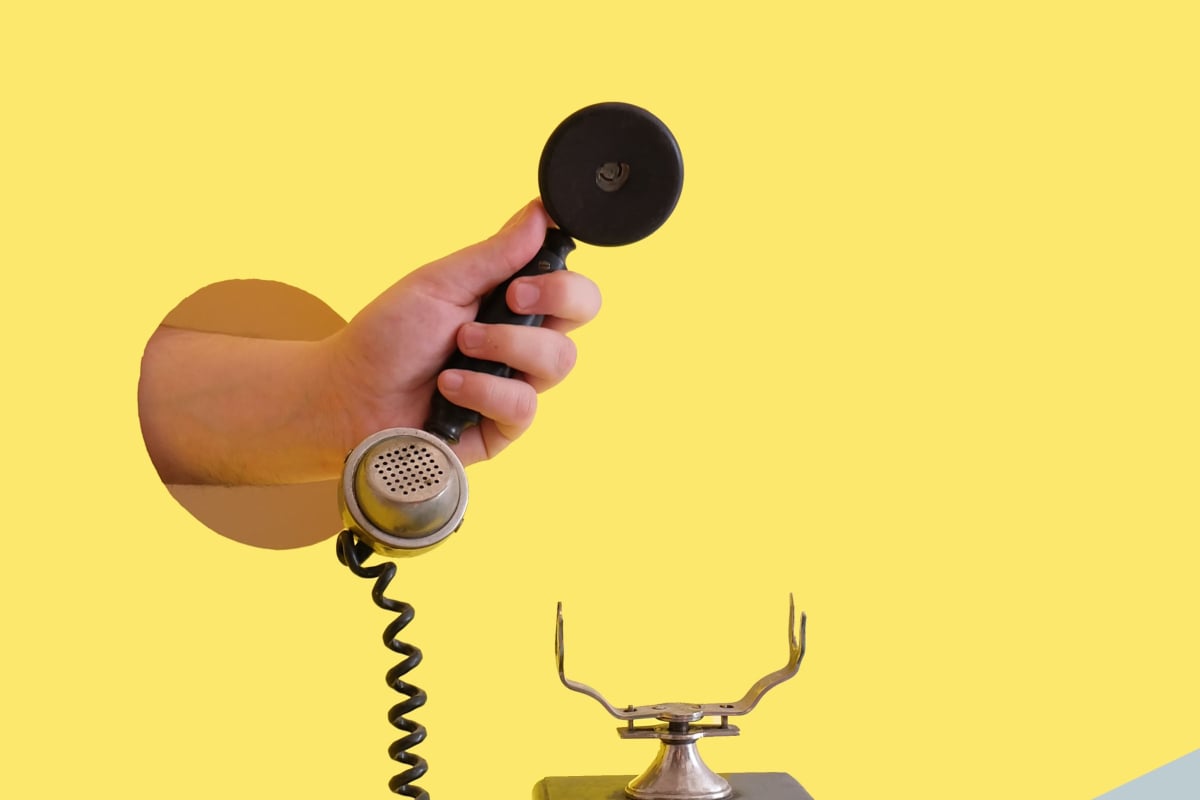The words we say make up only 30% of our communication. So we need to think about how we say them. To ensure that we are communicating effectively on the telephone, therefore, we must make the most of the 30% we have. Read on for four areas to focus on to improve your telephone technique.
Paralangue
This is the way that we use expression in our voice to convey a message. It covers all areas of non-verbal communication, and the four key areas below will help you to ensure that you are getting your message across as intended.
Tone
We express our emotions through our tone of voice. For example, if you think of times where you express happiness, excitement, frustration, confusion, or anger. On the telephone we need to be careful to tone down the negative emotions while exaggerating the positive ones. Even though the listener can’t see your face, your facial expressions will reflect in your voice. Try to remember, ‘smile when you dial,’ it really does work.
Pacing
Speed is extremely important if we want to be easily understood. Often the temptation is to speak quickly so that we can end the call. However, speaking slowly and clearly will ensure that the listener is able to really hear you and you won’t have to repeat yourself. When we communicate face to face, we focus on the other person. On the telephone, the listener will be easily distracted. Therefore, you should try to keep sentences short and to the point. If you waffle, you could easily lose the person on the other end of the phone.
Volume
We need to manage our volume carefully. If we speak to quietly, we won’t be heard. This is especially true if there is background noise. If we are too loud, we can sound aggressive. When we focus on speaking at a neutral volume, we can naturally remain calm. Even if the other person is raising their voice.
Energy
If you speak with high energy, you can create a sense of excitement, urgency, and positivity with your voice. By contrast, if you speak with low energy, you will come across as boring, dull, and uninterested. The message you are conveying becomes irrelevant. You can naturally increase the energy in your voice if you walk around whilst you talk. However, if you sit or even slouch at a desk, the opposite happens!
Conclusion
Think about your paralanguage next time you are making an important call and see how these tips can improve the outcome. You can be more effective in sales, customer service or many other areas!


